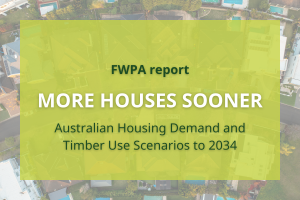Over the past decades it has been shown that remotely sensed auxiliary data have a potential to increase the precision of key estimators in sample-based forest surveys. A new University of Helsinki study has investigated how the data can be used for improving both the design and the estimators in sample-based surveys.
Model-based and design-based inferences were studied using empirical data from a combination of airborne LiDAR and Landsat data, and field sample plot data from a boreal forest area in western Finland.
The conclusion from this study is that remote sensing auxiliary data can be used for improving the precision of estimators using field data from probability sample surveys for growing stock volume estimation. The use of LiDAR auxiliary data led to improvements, but it was shown that a combination of LiDAR and Landsat auxiliary data was superior to using LiDAR data alone.
Click here for source (Natural Resources Institute Finland)



